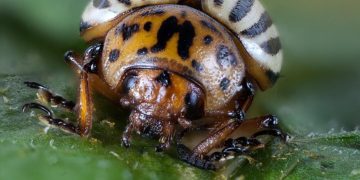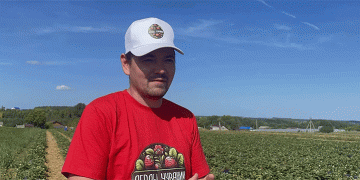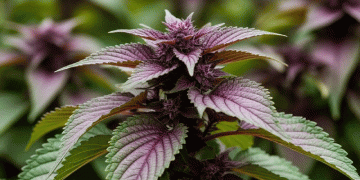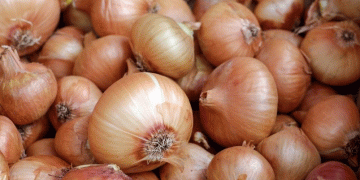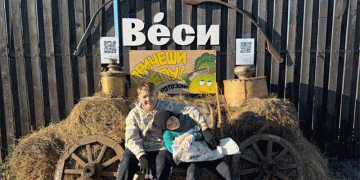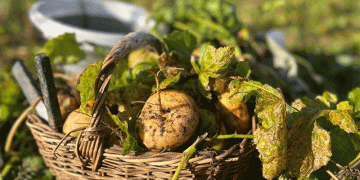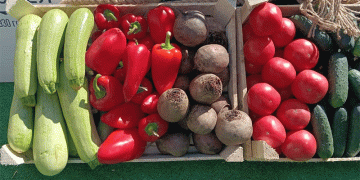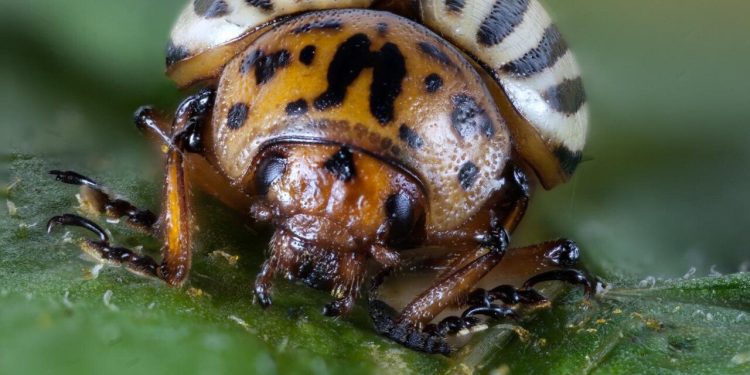The Colorado potato beetle (Leptinotarsa decemlineata) is a notorious pest of potato crops, causing significant yield losses and economic damage to farmers worldwide. In this article, we will explore the biology and behavior of this beetle, the factors contributing to its population growth, and the best management strategies available to control its spread.
The Colorado potato beetle is a highly adaptable and resilient pest that can develop resistance to pesticides quickly. According to the latest data from the United States Department of Agriculture (USDA), this beetle infests over 50 plant species and is found in all potato-growing regions of the world. The beetle can cause up to 100% crop losses in severe infestations and can have a significant impact on the quality and marketability of potatoes.
The best management strategies for controlling the Colorado potato beetle include a combination of cultural, physical, and chemical control methods. Crop rotation, sanitation, and timely planting can reduce beetle populations, while row covers and mechanical removal can physically exclude or remove beetles from crops. Insecticides can be used as a last resort, but their efficacy is limited by the beetle’s ability to develop resistance quickly.
In conclusion, the Colorado potato beetle is a significant threat to potato crops worldwide, and its management requires a holistic approach that includes preventative measures, timely detection, and effective control strategies. By staying informed and implementing best practices, farmers and agricultural professionals can mitigate the damage caused by this notorious pest.
Tags: #ColoradoPotatoBeetle #PestControl #PotatoCrops #AgriculturalManagement #Insecticides #CropRotation #Sanitation #MechanicalRemoval #ResistanceManagement #RowCovers #IntegratedPestManagement #AgriculturalResearch #Agronomy #Farmers #AgriculturalProfessionals
